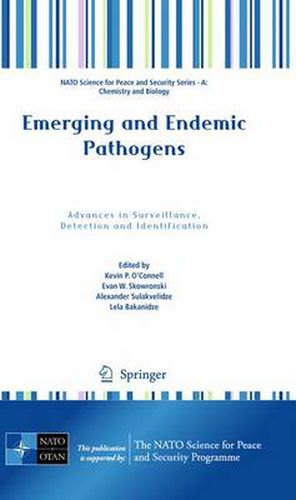Readings Newsletter
Become a Readings Member to make your shopping experience even easier.
Sign in or sign up for free!
You’re not far away from qualifying for FREE standard shipping within Australia
You’ve qualified for FREE standard shipping within Australia
The cart is loading…






This title is printed to order. This book may have been self-published. If so, we cannot guarantee the quality of the content. In the main most books will have gone through the editing process however some may not. We therefore suggest that you be aware of this before ordering this book. If in doubt check either the author or publisher’s details as we are unable to accept any returns unless they are faulty. Please contact us if you have any questions.
It is a truism among biologists that an organism’s phenotype is the product of both its genotype and its environment. An organism’s genotype contains the total informational potential of the individual, while its environment shapes the expression of the ge- type, influences the rate of mutation and occurrence of modifications, and ultimately determines the likelihood that the genotype (or fractions thereof) will survive into the next generation. In the relationship between host and pathogen, therefore, each forms a part of the environment of the other, mutually influencing the biology of both partners on scales ranging from the life history of individuals to the fate of populations or entire species. Molecular biologists working on problems in pathogenesis generally think of the host organism as the pathogen’s environment and perhaps occasionally consider the pathogen as part of the host’s environment. However, because environment can be defined at many scales, so, too, can phenotypes: if a pathogen, as a species, is c- sidered to exist in a host, as a species, then among its phenotypes is the nature of the pandemic disease it can cause within the host community. The contributors to the proceedings of this NATO Advanced Research Workshop have treated the interplay of environment and genotype in the host-pathogen relationship and its relationship to the problem of emerging infectious disease at both the macroscopic and microscopic/ molecular levels along this continuum of scale (with some human history thrown in at times for good measure).
$9.00 standard shipping within Australia
FREE standard shipping within Australia for orders over $100.00
Express & International shipping calculated at checkout
This title is printed to order. This book may have been self-published. If so, we cannot guarantee the quality of the content. In the main most books will have gone through the editing process however some may not. We therefore suggest that you be aware of this before ordering this book. If in doubt check either the author or publisher’s details as we are unable to accept any returns unless they are faulty. Please contact us if you have any questions.
It is a truism among biologists that an organism’s phenotype is the product of both its genotype and its environment. An organism’s genotype contains the total informational potential of the individual, while its environment shapes the expression of the ge- type, influences the rate of mutation and occurrence of modifications, and ultimately determines the likelihood that the genotype (or fractions thereof) will survive into the next generation. In the relationship between host and pathogen, therefore, each forms a part of the environment of the other, mutually influencing the biology of both partners on scales ranging from the life history of individuals to the fate of populations or entire species. Molecular biologists working on problems in pathogenesis generally think of the host organism as the pathogen’s environment and perhaps occasionally consider the pathogen as part of the host’s environment. However, because environment can be defined at many scales, so, too, can phenotypes: if a pathogen, as a species, is c- sidered to exist in a host, as a species, then among its phenotypes is the nature of the pandemic disease it can cause within the host community. The contributors to the proceedings of this NATO Advanced Research Workshop have treated the interplay of environment and genotype in the host-pathogen relationship and its relationship to the problem of emerging infectious disease at both the macroscopic and microscopic/ molecular levels along this continuum of scale (with some human history thrown in at times for good measure).